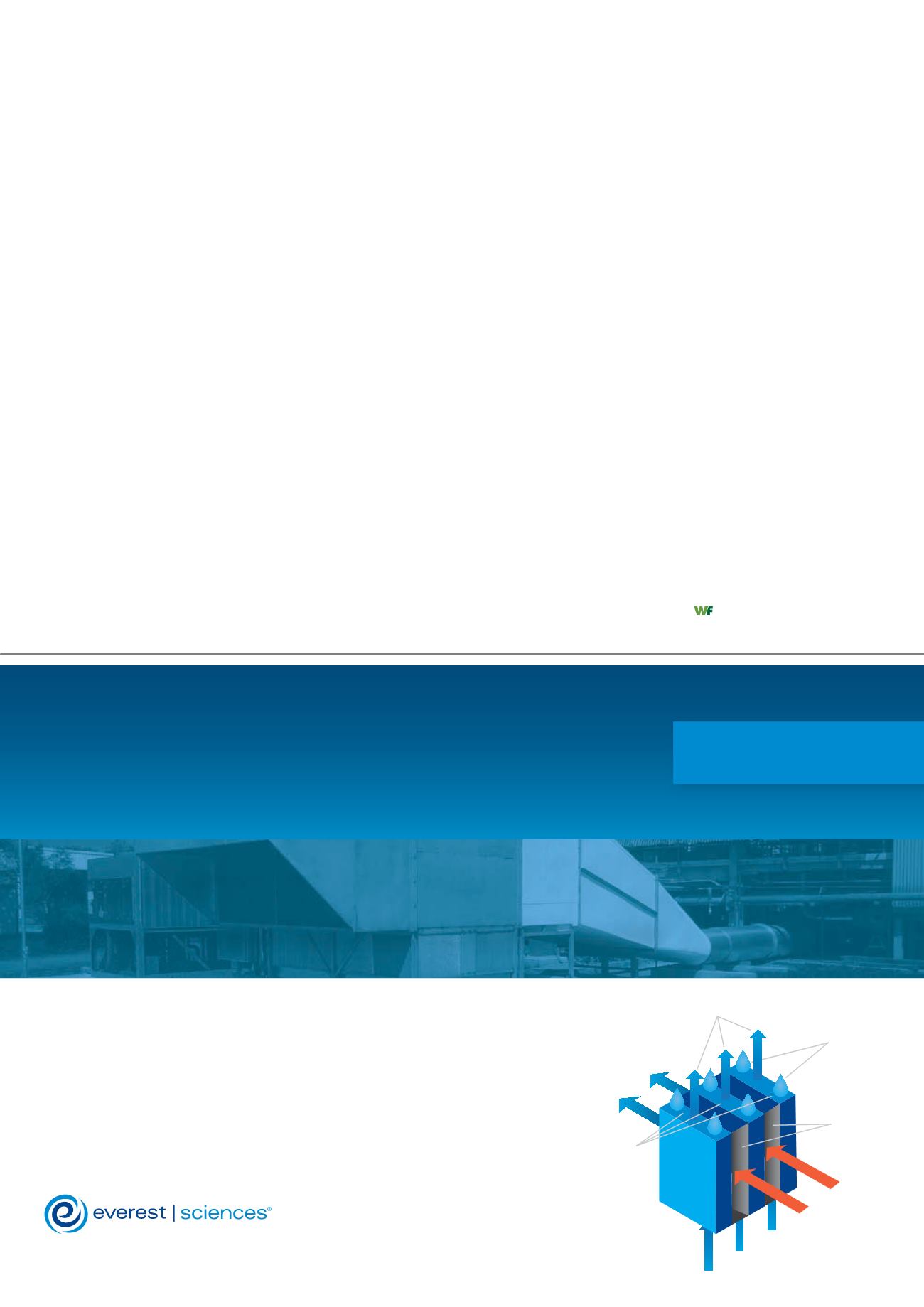
Lukashenko said in June: “Virtually every month new
shareholders of Uralkali contact me to say that they want
to cooperate.”
“Let’s agree on the volumes of production.”
“To put it plainly, we will divide markets and will not
compete with each other.”
Fellow Russian fertilizer producer, EuroChem, is
working towards bringing its two projects with a capacity
of 8.3 million t online in the coming years. However, there
is some speculation in the market that tonnes from the
Gremyachinskoe deposit and at the Verkhnekamskoe
deposit could be available in late 2017.
Adding further to the mix, construction began in 2015
on BPC’s Nezhinsky mine. The facility, near Lyuban, is
expected to start production by 2020, with a 2 million tpy
capacity.
While BPC would have full export rights on the
output, the complex is being built by Russian billionaire
Mikhail Gutseriev’s Slavkaliy company using financing
sourced from China.
If the complex – set to be Belarus’ third largest –
achieved its goal of producing 2 million tpy of the crop
nutrient, Belarus’ potash production would increase to
14 million tpy, BPC said.
Further west, the only permanent reduction was
noted by ICL, when it announced in August that it is
moving ahead with its transition to polyhaliate
production. It plans to accelerate the transition from
potash production at its Cleveland (Boulby) mine in the
UK to producing polysulphate (polyhalite) due to poor
conditions in the potash market.
In 2016 alone, ICIS partner Integer estimates the spare
capacity in the industry to be more than 12 million t.
Meanwhile the freshly announced merger between
PCS and Agrium will see the new company control
19 million tpy of potash capacity, with 22 million tpy
available when planned expansions are complete.
However, the tie-up is not expected to have the impact
on the market like the break-up of BPC and Uralkali.
PCS, already the largest producer by capacity at
16.1 million tpy, will see an additional 3 million t of
capacity from Agrium’s Vanscoy mine. By comparison,
Russia's Uralkali will have annual capacity of around
11.8 million tpy by the end of 2016.
In announcing the deal, executives said potash would
be taken from the lowest cost mines, but expected cost
savings in the merger would not come from shutting mines.
The pair also confirmed their commitment to
Canpotex, maintaining they do not anticipate any changes
to the structure of the company now or after the merger.
Commenting on the structure of Canpotex with
Mosaic after the expected merger, Tilk said in September:
“We expect it to be an equal, fair and functional
partnership. I don’t think there’s been a disagreement in
40 years, we’ve been very well aligned.”
While the second half of 2016 may continue to see
improvement in prices and outlook, 2017 and beyond is
expected to be far from balanced.
Hot Ambient
Intake Air
Wet Side
Channels
Cooled Intake Air
(Without Adding
Moisture)
Water
Flow
Secondary Air
Dry Side
Channel
Increase Cash Flow
Increase Mass Flow
De-bottleneck your air compressor affordably.
Call toll-free:
800-913-6810 |
International:
+1-918-770-7190
Download our White Paper:
EverestSciences.com/SynGas
ECOChill
™
Increase Process Production up to 8% Annually
ECOChill is a breakthrough in suction air chilling.
It is an economical and
innovative approach to de-bottlenecking the airflow of ammonia, nitric acid
and other plant air compressors. With its two-stage air filtration, ECOChill is
able to remove more than 50% of entrained moisture prior to compression
and reduce the potential for contamination. This modular solution can be
available to you in less than six months and provides constant output, so
your airflow—and revenue—stays consistent.


